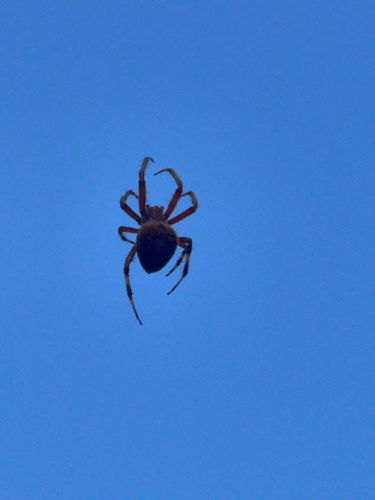Orb Weaver Spider
Scientific Name: Araneidae (family)
Order & Family: Order: Araneae, Family: Araneidae
Size: Body length typically 5 mm to 30 mm, depending on the species. Females are usually larger than males.

Natural Habitat
Orb-weavers are found in a wide variety of habitats including forests, gardens, fields, and human-made structures. They typically build their webs in open areas between trees, shrubs, or buildings where flying insects are likely to pass.
Diet & Feeding
Orb weavers are carnivorous and primarily feed on flying insects such as flies, moths, mosquitoes, and beetles that get caught in their sticky webs.
Behavior Patterns
These spiders are best known for constructing elaborate, circular webs (orb webs) to catch prey. Most orb weavers are nocturnal, building or repairing their webs at dusk and remaining in or near the web throughout the night. During the day, they may hide near the web or consume the web and rebuild it later. They are generally solitary.
Risks & Benefits
Risks: Orb weaver spiders are generally not considered dangerous to humans. While they can bite if provoked, their venom is not medically significant to humans, typically causing only mild local pain, redness, or swelling. Benefits: They play a crucial role in ecosystems by controlling insect populations, including agricultural pests and nuisance insects.
Identified on: 10/15/2025